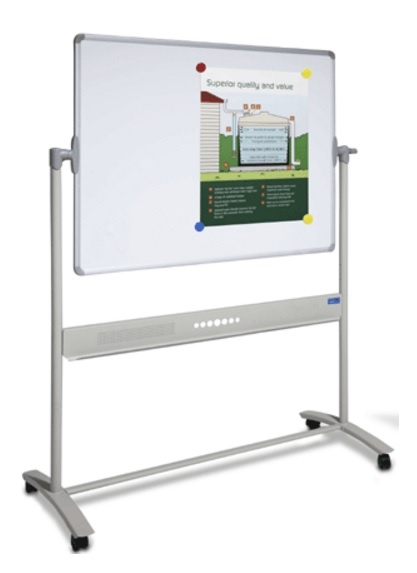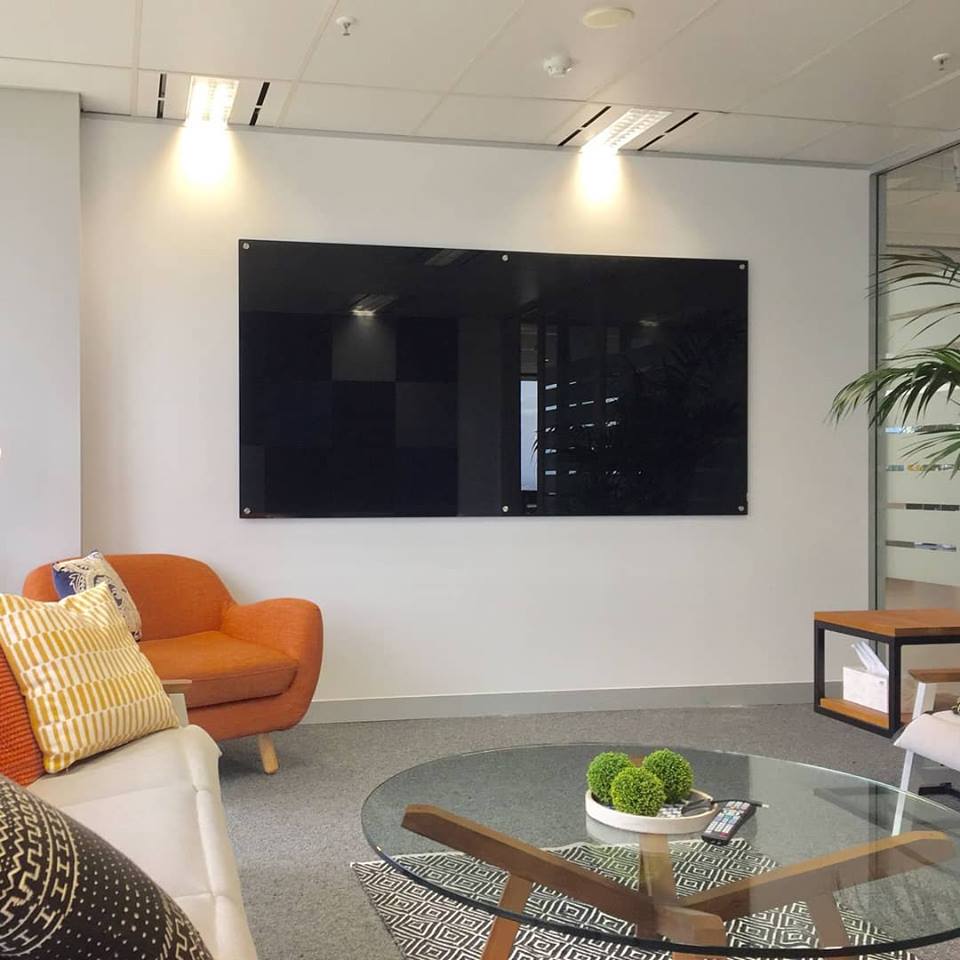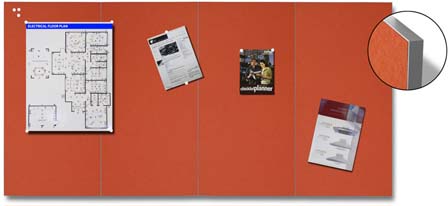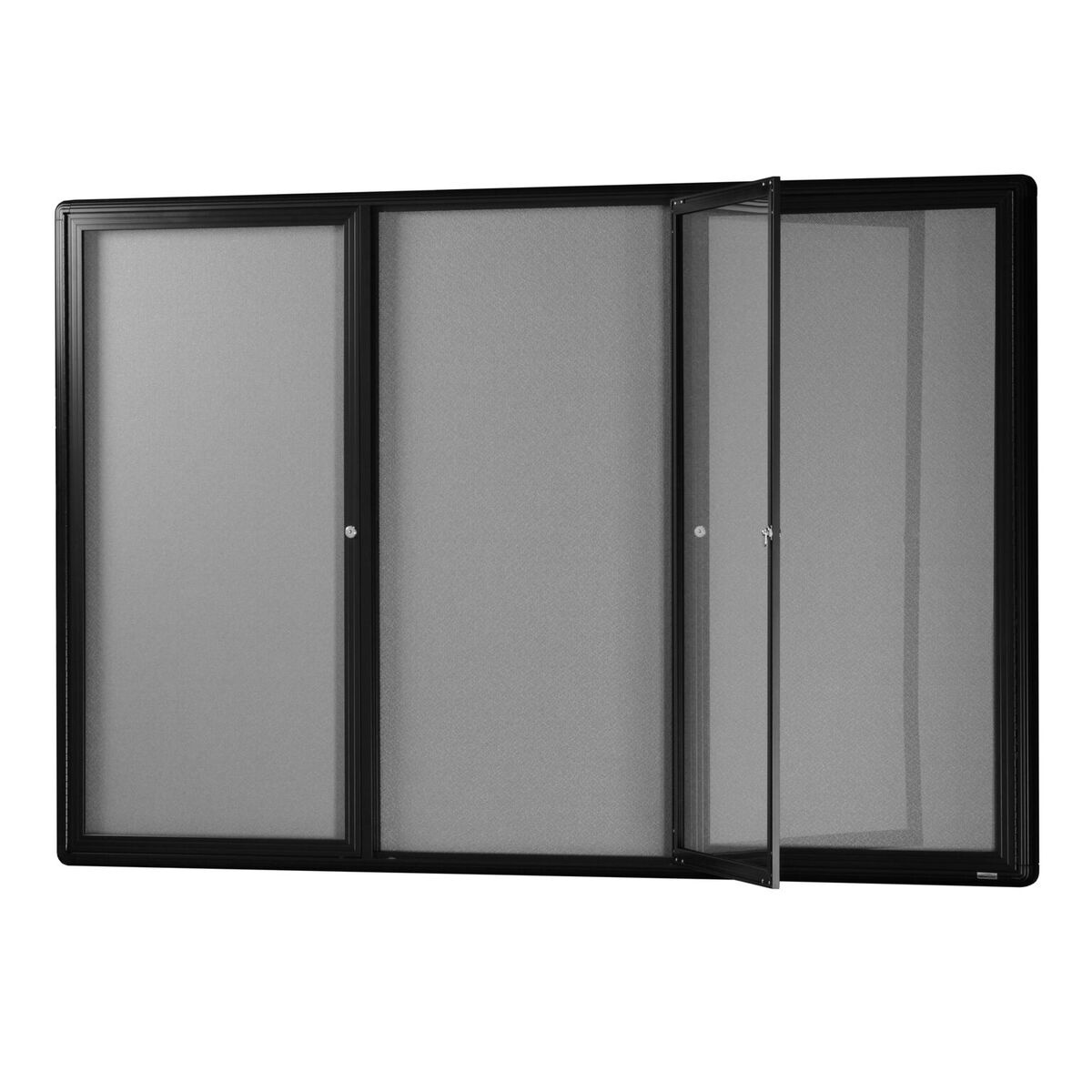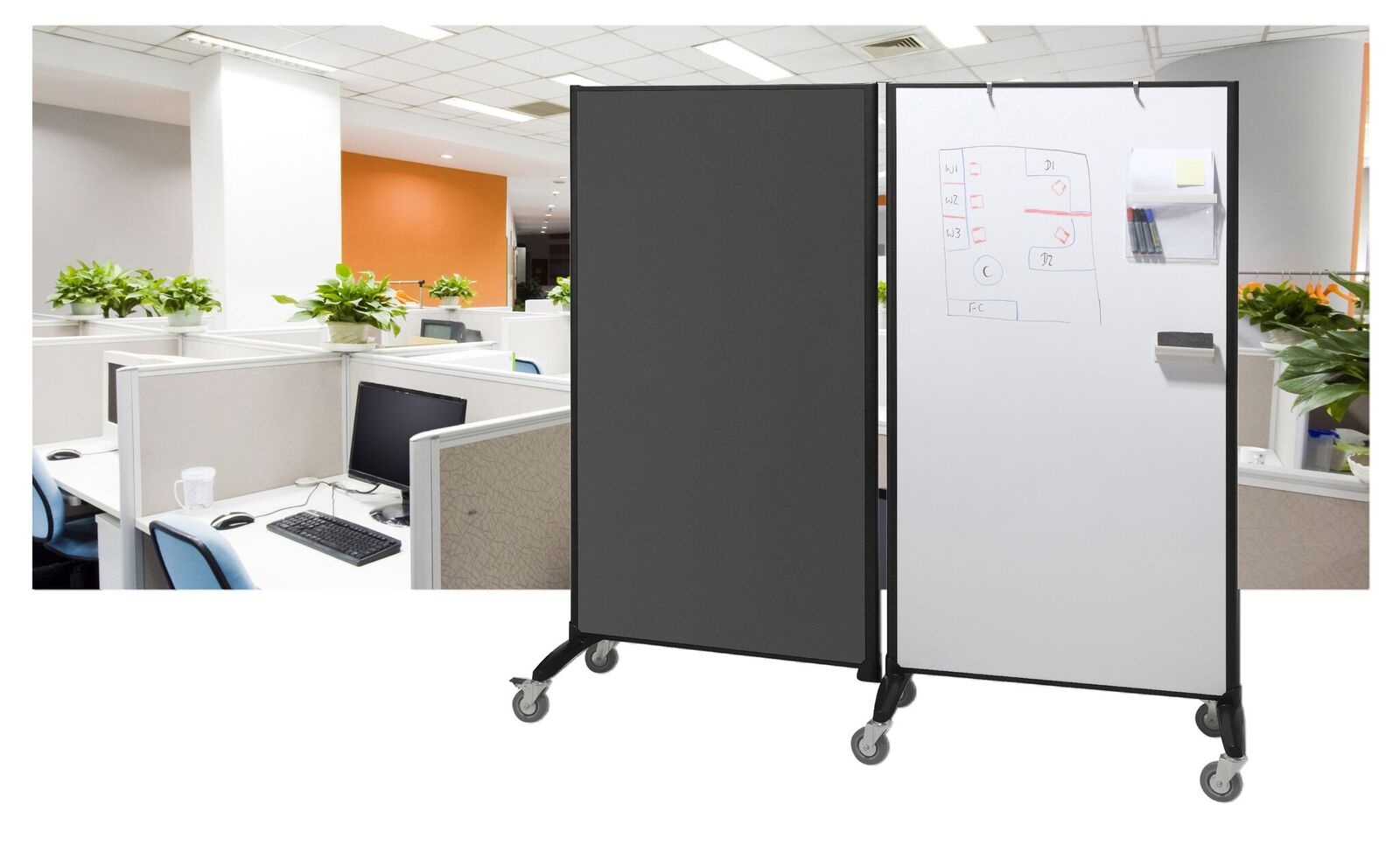Whiteboard weekly planners are among the most effective and simple tools to boost productivity. Let’s take a look at why glass whiteboard planners are the answer you’ve been looking for.
A whiteboard weekly planner for getting organised for success
A whiteboard weekly planner can get you organised and on track for success, here’s how
Whiteboard weekly planners have a big role to play in planning - and planning is the crucial first step to any successful endeavour. 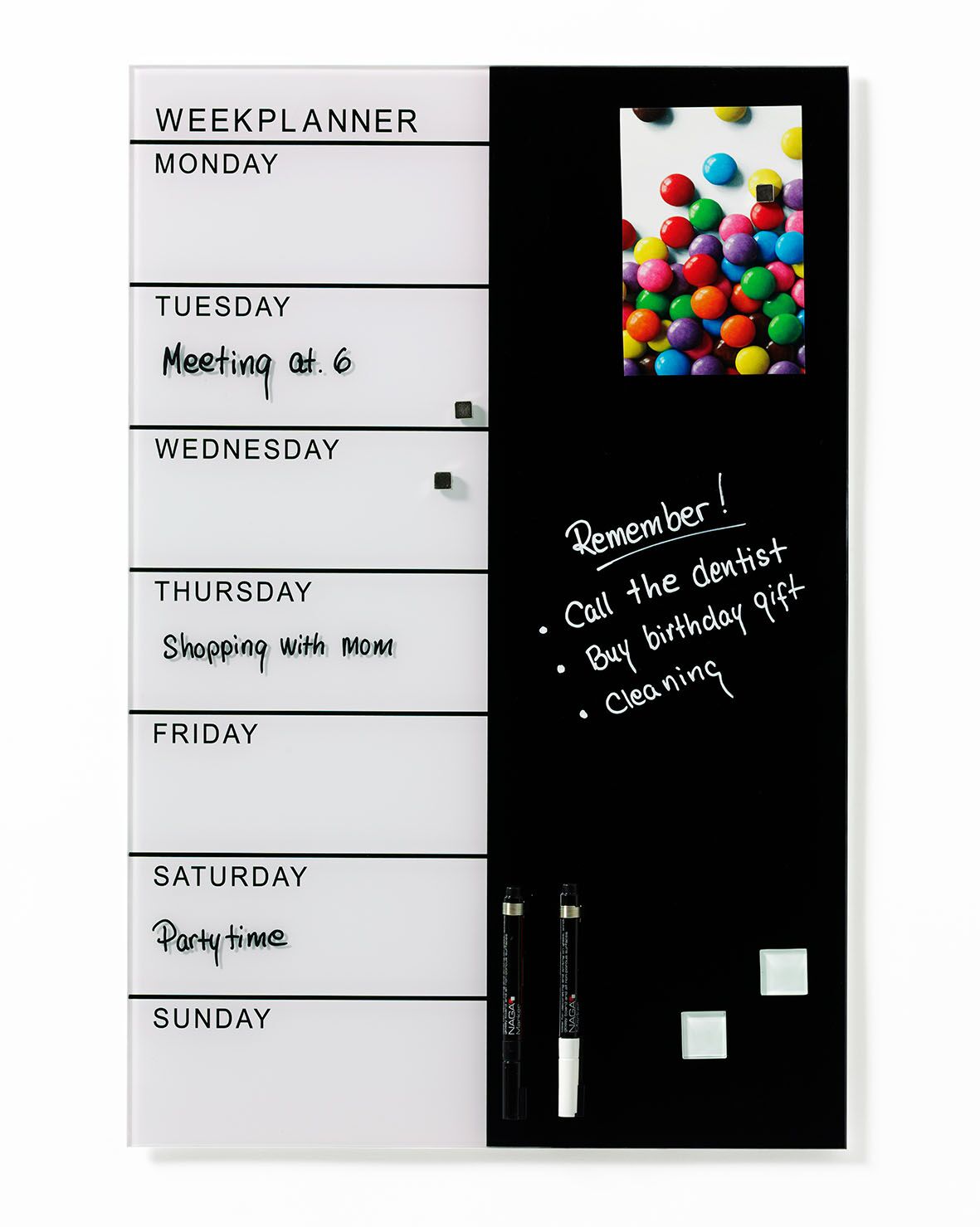
Any tool that can help you build this essential foundation is one worth noting. So, what exactly is a whiteboard planner and how can you get the most out of one?
This article is a dive into planners: what they are, why they’re so effective and how a whiteboard weekly planner can be the perfect tool to help you succeed.
What is a whiteboard planner?
Essentially, a planner is a list or chart that helps you figure out and track the steps from where you are to where you want to be. We see them commonly in school curriculums, where classes are laid out in planner format. They also often pop up in offices and homes in the form of chore lists, meeting room schedules, calendars and more.
Planners help us itemise to-do lists, assign jobs, schedule meetings and plan semesters. They can be notebooks, digital devices, notice boards and - yes - whiteboards.
So how exactly does a planner help you succeed? The planning stage of any operation routinely determines its success. Planners, as tools that aid in the planning process, have a myriad of benefits. Let’s look closer...
7 ways planners help your goal setting
A goal is a desired result envisioned, mapped out and committed to by a person. Essentially, any planning you do for the future is a goal. These can be as vague as committing to see a movie after work or as structured as a SMART goal. We’re going to focus on SMART goals for now.
These are:
●S = Specific
●M = Measurable
●A = Attainable
●R = Realistic
●T = Timelined
SMART goals are the secret sauce driving many of the world’s top entrepreneurs. They encourage the granular and incremental strategic planning that results in concrete outcomes.
What does this have to do with planners? Well, planners play into three of the five letters:
●Specific: By writing your goal in a planner you’re giving it specificity
●Measurable: By tracking progress in a planner, you’re measuring your actions
●Timely: By setting due dates and writing them in a planner, you’re ensuring your goals are timely.
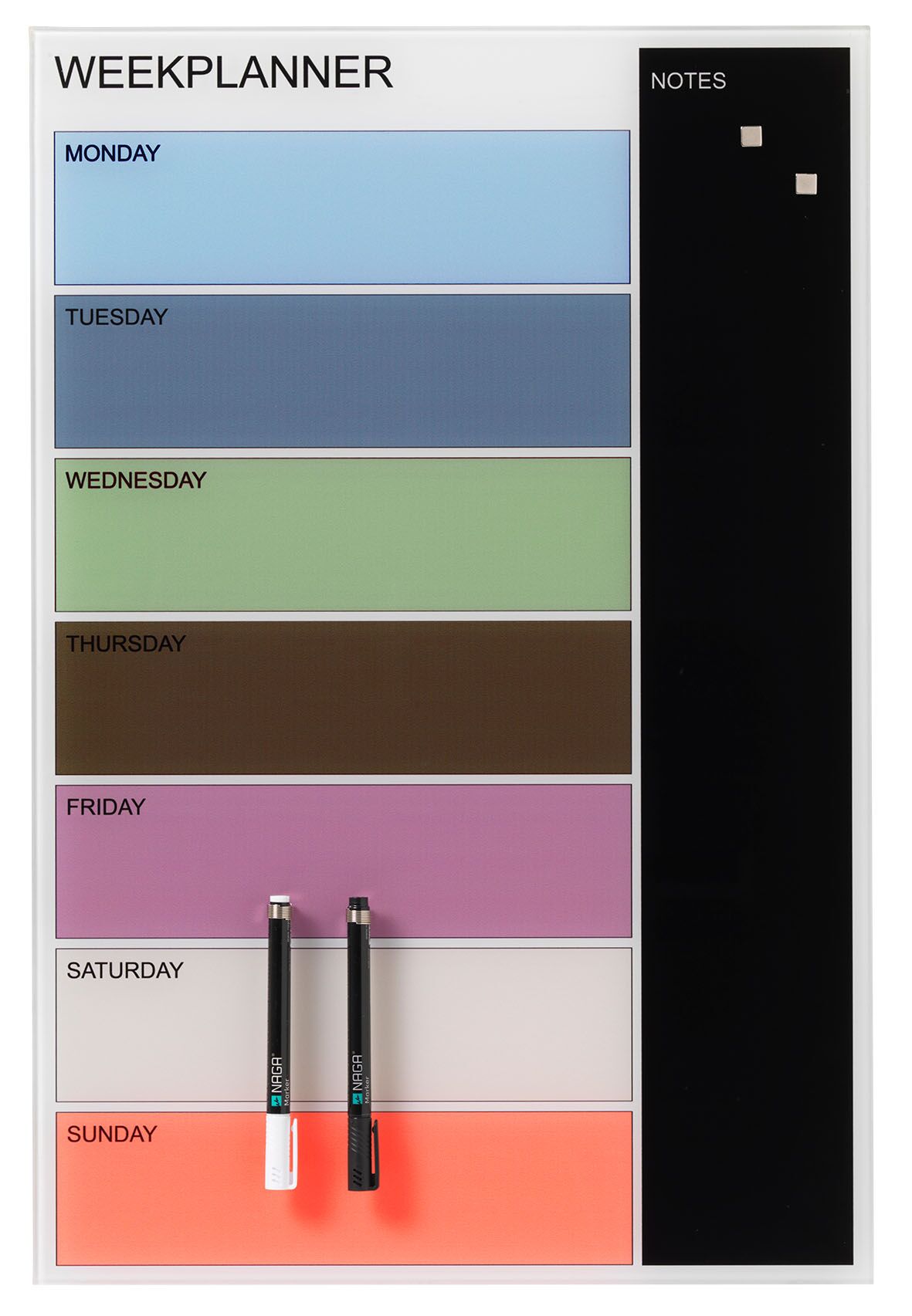 Goal setting is crucial for a few reasons:
Goal setting is crucial for a few reasons:
1. It clarifies your end vision
If you don’t know where you want to be, you’re going to have a rough time trying to get there. Goal setting gives you aim and purpose by clarifying your end vision. When you know precisely where you want to be, the next step is planning how to get there.
2. It gives you focus
Goal setting gives you something to aim for. Anyone who’s ever wandered into a supermarket without a grocery list will know the importance of this sort of focus. It keeps you from wasting time on superfluous tasks and getting distracted with the day-to-day minutiae of life.
3. It motivates you
Goals don’t just give you direction, they can actively motivate you down the long road to success. This is because you have a clear end in sight with the promise of achievement waiting patiently at the finish line.
4. It instils self-discipline
The act of goal setting itself is a form of self-discipline. You’re working towards your goal even as you set it in the first place. This singular focus is something that will help you not only set goals but also achieve them.
5. It reminds you of your priorities
It can be all-too-easy to get lost in the day-to-day tasks that make up our lives. Goal setting is a way to cut through all the white noise and focus your efforts on one particular job. Essentially, it reminds you of your priorities – the goals you’ve decided on and set for yourself.
6. It helps you manage your time
Goal setting, particularly SMART goal setting, gives you a concrete timeline in which to achieve your goals. This scheduling helps you manage your time in two ways:
1.You know when certain tasks must be completed
2.You know which tasks to focus on.
7. It gives you a sense of accomplishment
Humans are wired to love rewards. Goal setting essentially feeds the reward centre of your brain by giving you concrete, measurable achievements to aim for. And when you achieve your goals? There’s no better rush.
Planners you help organise information
Planners and organisers tend to be used interchangeably and for good reason: a great planner is also a great organisational tool. Specifically, planners help organise information through:
Playing to our love of patterns
We humans naturally seek patterns and organisation. Our penchant for pattern recognition is actually one thing we still have going for us when up against artificial intelligence. This natural urge to seek order within chaos is one of the reasons students learn better in an organised classroom and why workers get more done when their desk isn’t cluttered.
Our draw to patterns and organisation applies to our planning as well. To-do lists, calendars, charts and schedules all take advantage of our propensity for breaking things down, grouping things together and laying things out in new ways.
Graphically organising information
Planners also work to graphically organise information. Tables and graphs might not seem that interesting, but the human brain begs to differ. It processes images 60,000 times faster than it does text. Further, over 90% of all the information your brain apprehends is visual.
Which isn’t to say textual information is lost in translation. Far from it: tables are seen by the brain as catalogues of information, able to be parsed and understood quickly.
Planners essentially turbo-boost information processing.
Breaking things into lists
It’s not just graphs and tables that brains love, lists are up there too. Handy for almost every desk job, the humble bulleted list is a great way to: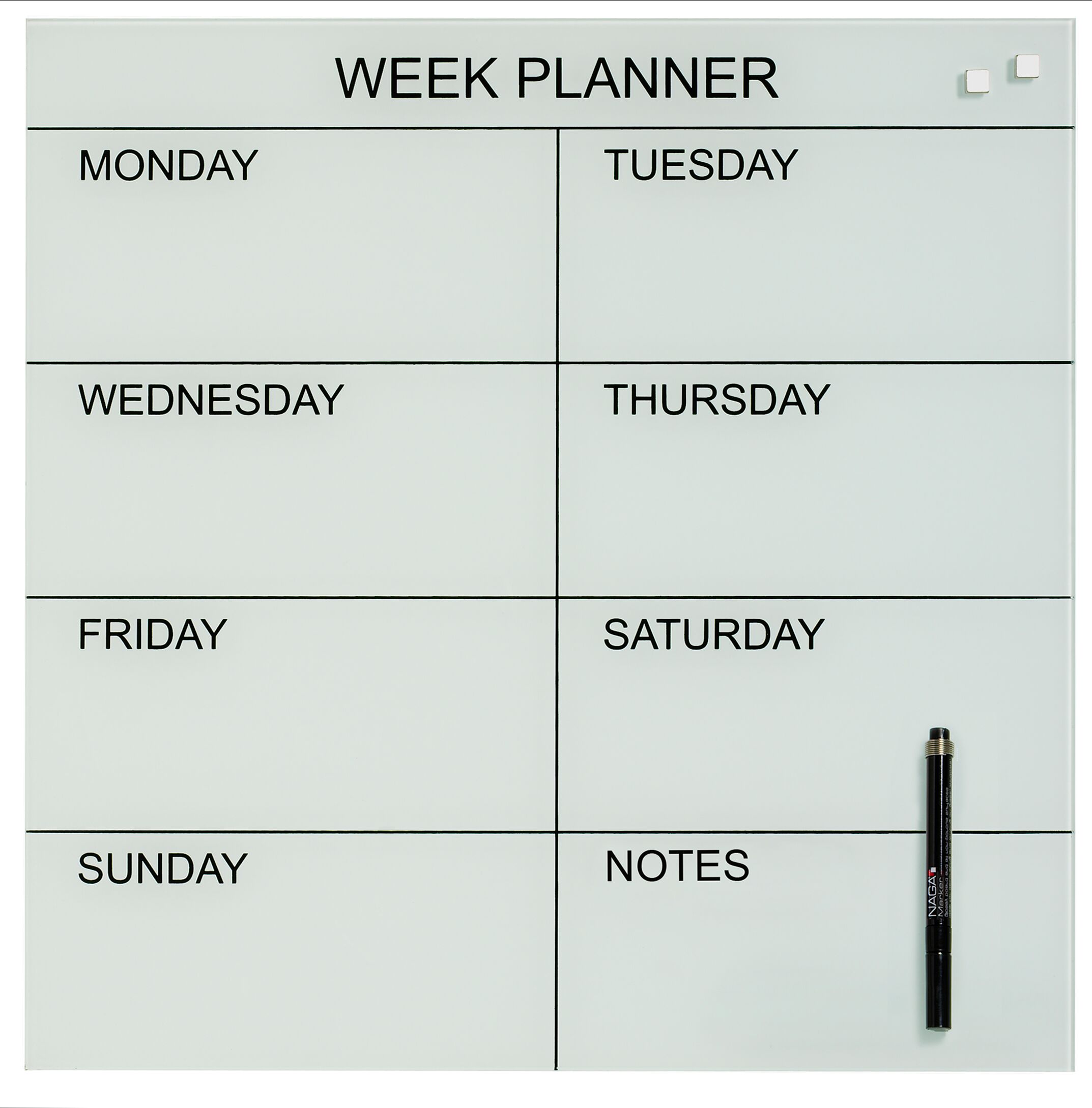
●Draw the eye
●Encourage reading
●Visually break up content
●Aid memorisation
●Enable scanning.
How does it do all that? Bulleted lists basically short-circuit the human propensity to apply “heuristics” to paragraphs of text. When reading, we tend to assume sentences in a paragraph build upon each other. This can encourage us to only read to the first or second sentence and skim the rest, using assumption to fill in the blanks.
Bulleted lists aren’t structured the way paragraphs are: there’s no hierarchy to the content being listed. This encourages people to read and comprehend each point as if it were a standalone piece of information.
Planners centralise information
If you work in an office or team, then centralising planning information can be crucial to a project’s success. Centralisation ensures that:
●Everyone is working off the same information
●Goals and due dates are stated clearly
●Everyone is accountable.
Whiteboard planners are a great way to centralise information and ensure that said information is hard to miss. Not checking a linked spreadsheet is a mistake easily made; walking past a whiteboard of due dates every day? Less so.
Make a DIY whiteboard weekly planner today
JustBoards has you covered when it comes to monthly or semesterly whiteboard planners, but did you know a whiteboard weekly planner is just 20-minutes of DIY away? All you’ll need is:
1.A JustBoards glass whiteboard
2.Wet erase markers
3.Dry erase markers
4.A ruler.
Our glass whiteboards are the perfect canvas for a whiteboard weekly planner, they’re: stain resistant, durable and aesthetically superior. They work particularly well as a canvas for a DIY weekly planner because they work as well with wet erase markers as they do with dry erase markers.
Other boards might “ghost” over time, particularly when wet erase markers are applied, but glass boards never stain. This means this week’s weekly planner can transition into next week’s brainstorming session with minimal fuss.
Here’s how to set up a killer weekly planner:
1.Using the ruler, measure out seven even columns across the top of your board. Mark each column with a dot using your dry erase marker.
2.Do the same to the bottom of the board.
3.Using your wet erase marker and the ruler, connect the top and bottom dots.
4.Wait for the wet erase marker to dry and then wipe off the dry erase marker dots.
5.Label each day of the week with wet erase marker.
And there you have it. A weekly planner template that’s able to withstand dry erasure. You can then plan your week in dry erase marker and simply wipe each week clean as needed, leaving the weekly planner template intact.
Looking for a canvas for your own DIY whiteboard weekly planner?
Get in touch today! Great service, great prices and Australia-wide delivery to your door. Call us today on 1800 654 917 or send an email to info@justboards.com.au
